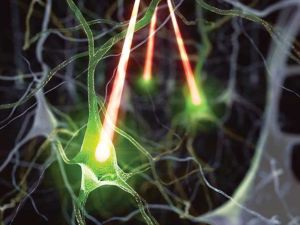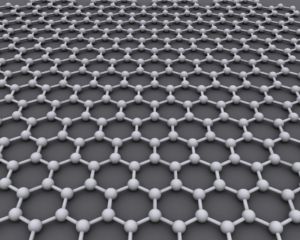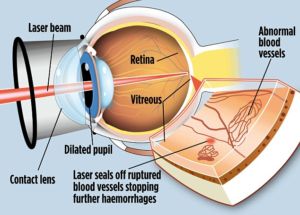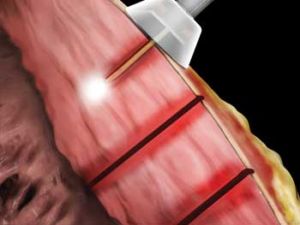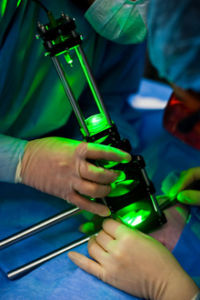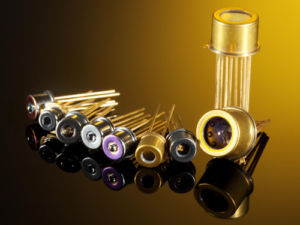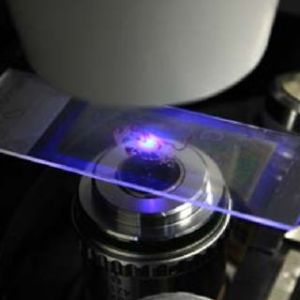Search Results for: fiber lasers
Tissue Welding Using Lasers for Sutureless Surgical Procedures
Tissue welding is a relatively new procedure that aims to seal wounds and openings in a surgery using laser. The first tissue welding application using lasers was done in 1964 to join small blood vessels ...
Optogenetics: The Future of Lasers in Neurology for Brain Studies
Optogenetics is the emerging field of using light to control and study neuronal activity. In 2005, a Stanford University team was able to use a light-sensitive microbial protein to control the timing of ...
Mode-Locked Lasers Improved With Graphene Technology
Ever since graphene sheets were isolated from bulk graphite in 2004, two-dimensional materials have received an immense amount of interest for their unexpected and novel electronic and optical properties. ...
Photobleaching Using Lasers for Teeth Whitening in Dentistry
Lasers in dentistry have been explored since the early 1960s. At its infancy, the practitioners of the field used Ruby lasers. They used the pulses emitted from such lasers to ablate the tooth enamel to ...
Photocoagulation Using Lasers for Treating Diabetic Retinopathy
Lasers came into the field of ophthalmology in 1961, when Ruby laser was used to create ocular lesions in rabbits. Unfortunately, creating vascular lesions in the human retina was not effective at that ...
Holmium Lasers: The Solid State Laser for Lithotripsy
Human beings have suffered from kidney stone problems since 7000 BC. Despite advances in treatment, incidence of renal stone disorder has increased over the past few decades. Lasers have been used to ...
Transmyocardial Surgery: Using Lasers to Increase Vascular Flow
Cardiovascular diseases are among the top causes of death and morbidity in developed nations. In particular, diseases of the coronary arteries are most prevalent. Lasers are well suited to diagnose and ...
Medical Lasers: A Guide to Various Effects and Choices
The first medical application of lasers was reported by Goldman in 1962. In cardiovascular surgery, McGuff first used a Ruby laser in 1963 for the experimental ablation of atherosclerotic plaques. After a ...
Surface Emitting Lasers: Types and Applications in Sensing
Since the first demonstration of the laser in 1960, people have endeavored to make lasers more compact. Semiconductor lasers achieved this desired compactness employing so called heterostructures. This ...
Diode Lasers for Cytometry: Cell Counting and Sorting
Since the invention of the first operating laser in 1960, lasers have been designed in various regions of the electromagnetic spectrum and output powers. Soon after the advent of semiconductor fabrication ...


